
I’ve long been interested in archeology and learning about past civilizations. Had a natural predilection against math not prevented my entrance into any of the sciences that’s where I might very well find myself today. That’s why I seek out opportunities to visit ruins and dusty sites, from the obscure to the heavily touristed. That was also the main reason for my trip to Cambodia with Cathay Pacific, jumping on a short and easy Dragonair flight from Hong Kong to be immersed in the history of the Khmer Empire. Using the well located and luxurious Residence d’Angkor as my home base, visiting Angkor Wat was my primary goal. I soon learned though that it is not the most impressive temple complex near Siem Reap. No, that accolade belongs to Angkor Thom.
A few weeks ago I wrote about my thoughts and feelings regarding Angkor Wat; it was fine, but wasn’t the experience I had always imagined it would be. It was too crowded and while the buildings were indeed impressive, they just didn’t speak to me. I never felt transported back to a different era; instead I was hot and increasingly annoyed at the endless array of stone buildings. I was disappointed, but grudgingly followed my guide to the next stop on the Day o’Temples and I’m glad that I did. As it turns out, Angkor Thom was my favorite experience of the trip.

Crossing the bridge into Angkor Thom was not unlike the beginning of an Indiana Jones movie. The bridge is flanked by divas and ashuras, figures from mythology that are seen repeated throughout the Khmer temples. This time was different though, the scale of Angkor Thom (an area of 9 kilometers) is one of the most impressive in Cambodia. The name means Great City, an epithet as meaningful today as when it was first built in the 12th century. Not just one temple, but truly a city comprised of a variety of buildings, spending the afternoon in Angkor Thom is the best way to understand the power and influence the Khmer Empire once enjoyed.
Nothing was as I expected it. I anticipated an experience similar to that of Angkor Wat, namely a hot trek through poorly interpreted buildings. The reality of Thom was shockingly and wonderfully different. A tree-lined path led the way to the most famous of the temples in this ancient city, Bayon, with its massive stone faces peering out into eternity.



Bayon temple was the last state temple built at Angkor Thom and just like most of the other Khmer buildings, incorporated elements of Hinduism, Buddhism and local animist beliefs. The feeling is undeniably eerie as you walk amongst the many stone towers of Bayon, the massive faces staring straight through you. They’re said to be of the god-king Jayavarman VII, the monarch responsible for the massive temple. All but lost to time, his public works projects are his lasting contribution, still here and still impressing visitors as they did 800 years ago.
I didn’t know any of that at the time though, I was too much in awe to listen to my guide, who was getting frustrated with me as I hopped through narrow doorways and scampered over ruins. That was the best part of my experience at Angkor Thom though, the feeling of exploration. Through the oppressively hot and humid temperatures, we explored most of Angkor Thom from the well trodden to the little seen. Massive buildings that were meant to inspire fear and awe, and private temples that no one but monarchs were ever supposed to see. But Angkor Thom succeeded where Angkor Wat failed. The site transported me to another era, to live in the shoes of a people as distant and alien to me as Martians. That’s the beauty of visiting ruins and ancient sites. It’s not to tick something off of a list; it’s to understand the culture and history of a place as deeply as you can.

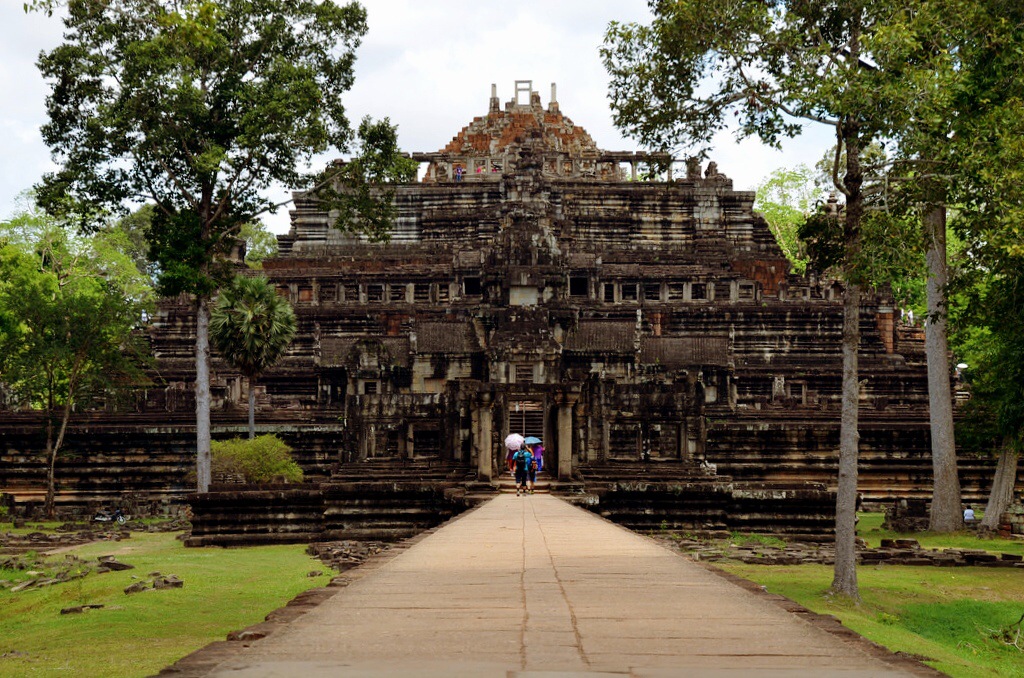
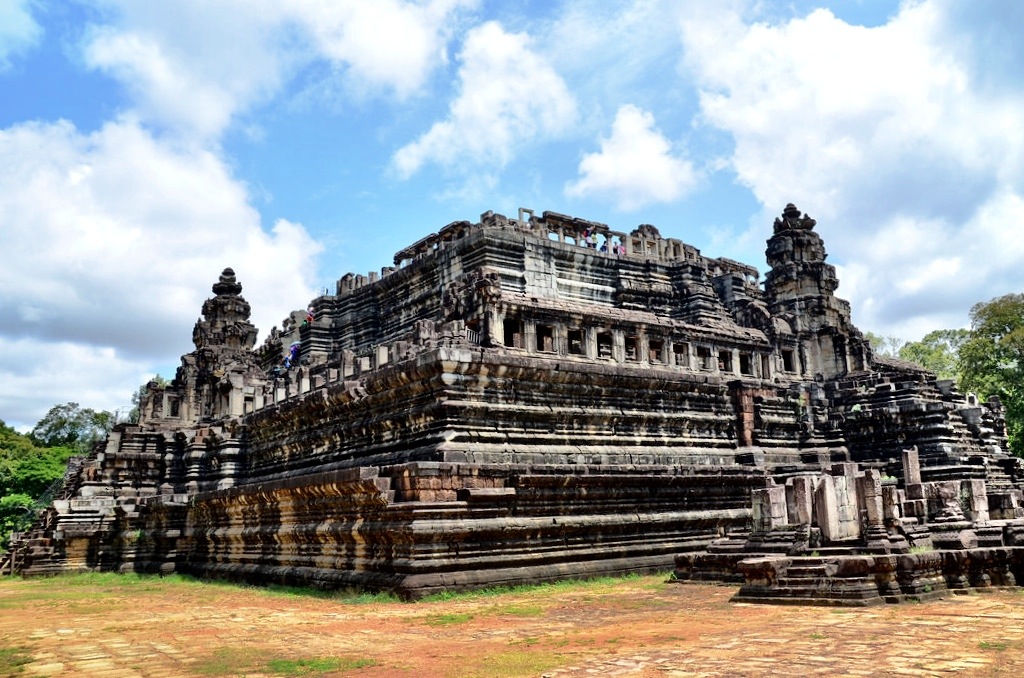
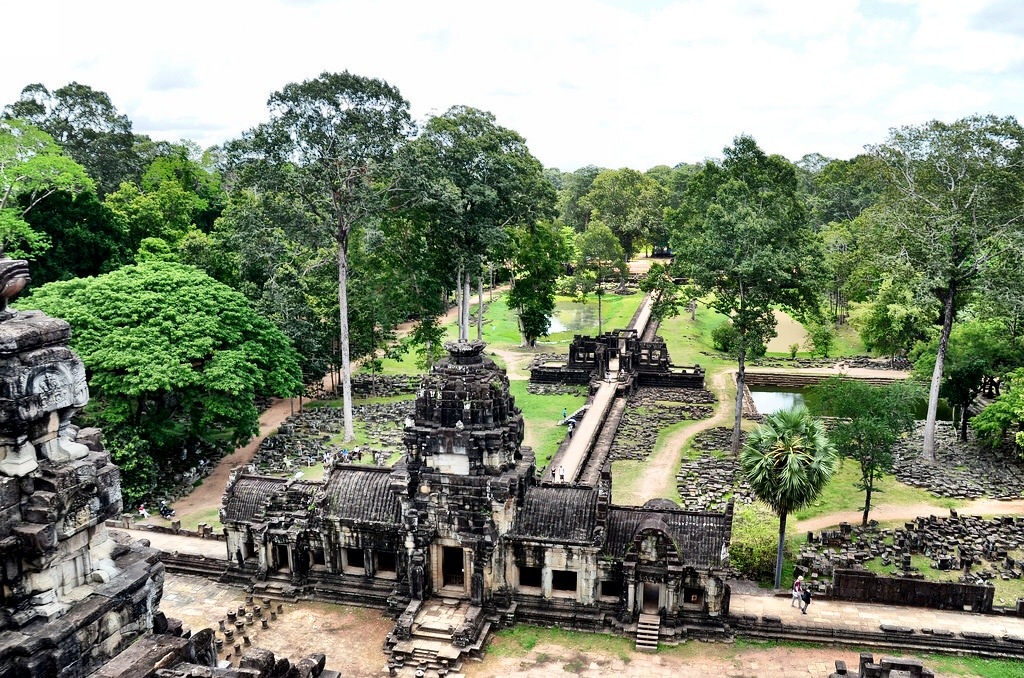

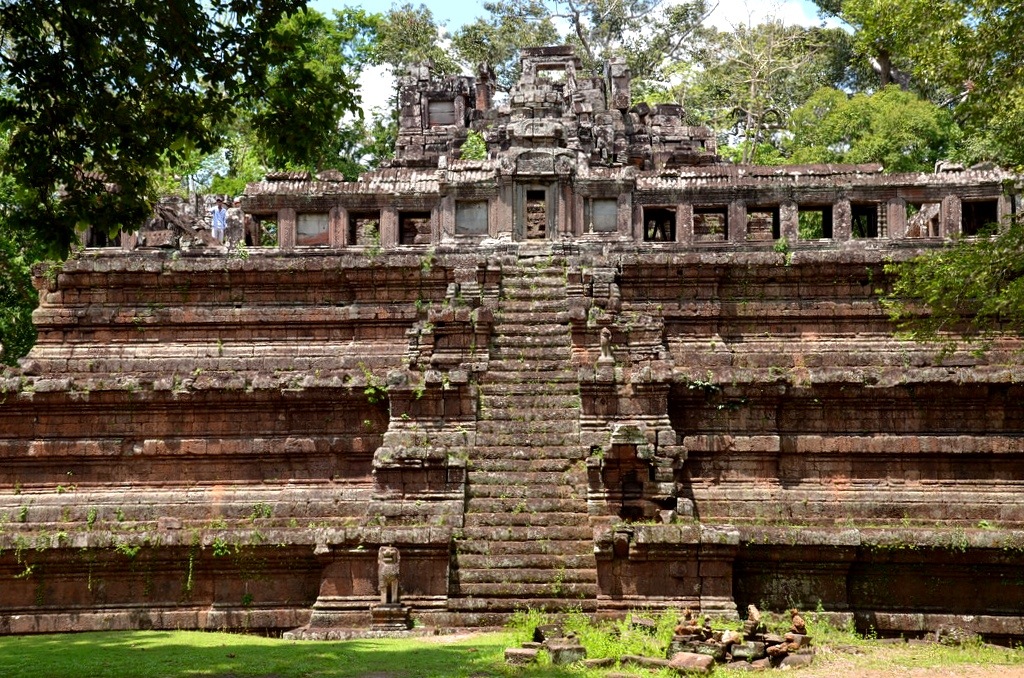

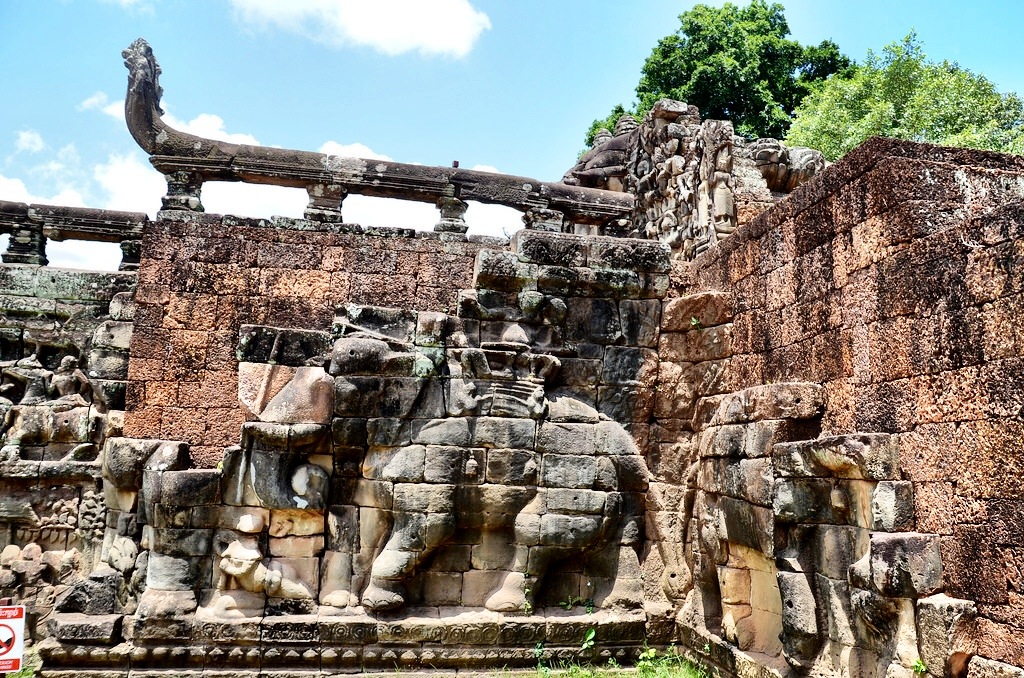

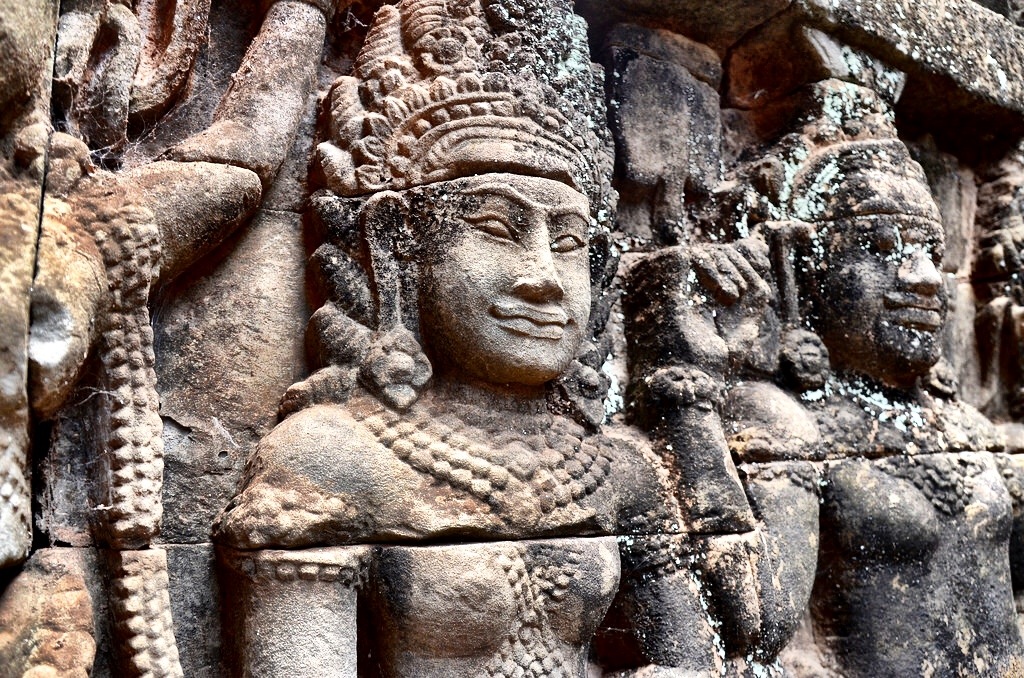

I’m not sure exactly why Angkor Wat failed to do this for me, but it did. It could be that my expectations were far too high and since I knew nothing about Angkor Thom, it was easy for me to be impressed. That’s a good theory but I think it’s wrong. I just think that Angkor Thom is a more impressive and infinitely more interesting site. It may not get the attention that Wat does, it may not be the national symbol but at the end of the day I think that’s a good thing. It’s far from being unknown, but it doesn’t see the incredible crowds that Angkor Wat does, making the experience much more intimate and infinitely more enjoyable. So when you visit, sure, go to Angkor Wat and see the sunrise, but later that day explore the width of breadth of Angkor Thom and prepare yourself for the experience of a lifetime.
Have you visited Angkor Thom? What did you think?
This campaign was created and sponsored by Cathay Pacific Airways in partnership with iambassador. LandLopers retains all editorial control of what is published and as you know, I never shy away from honest commentary.
